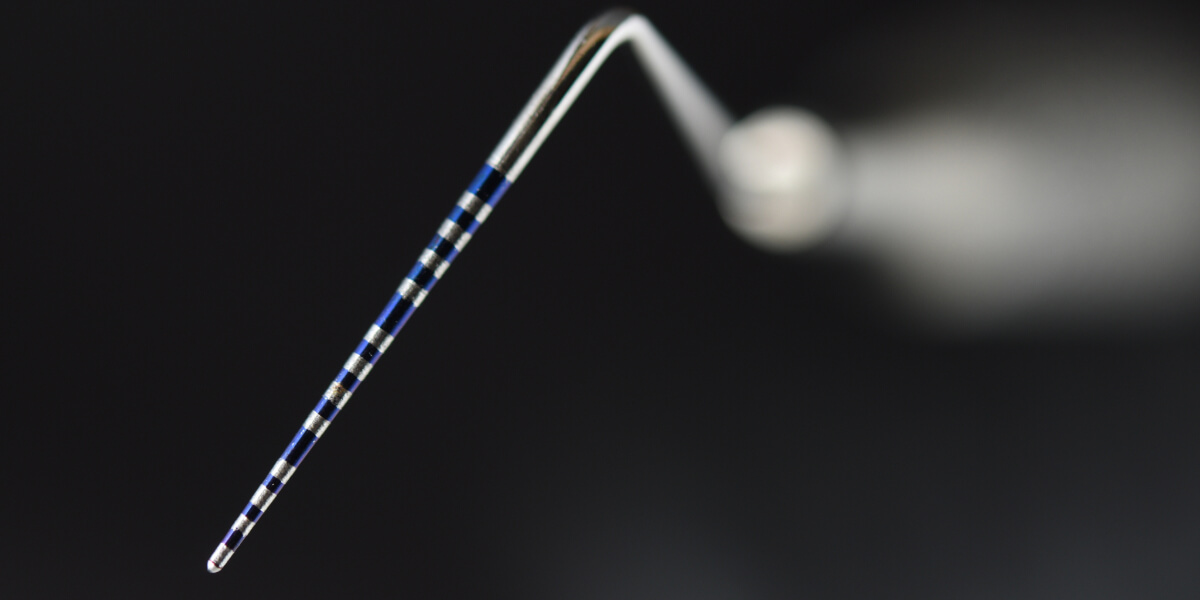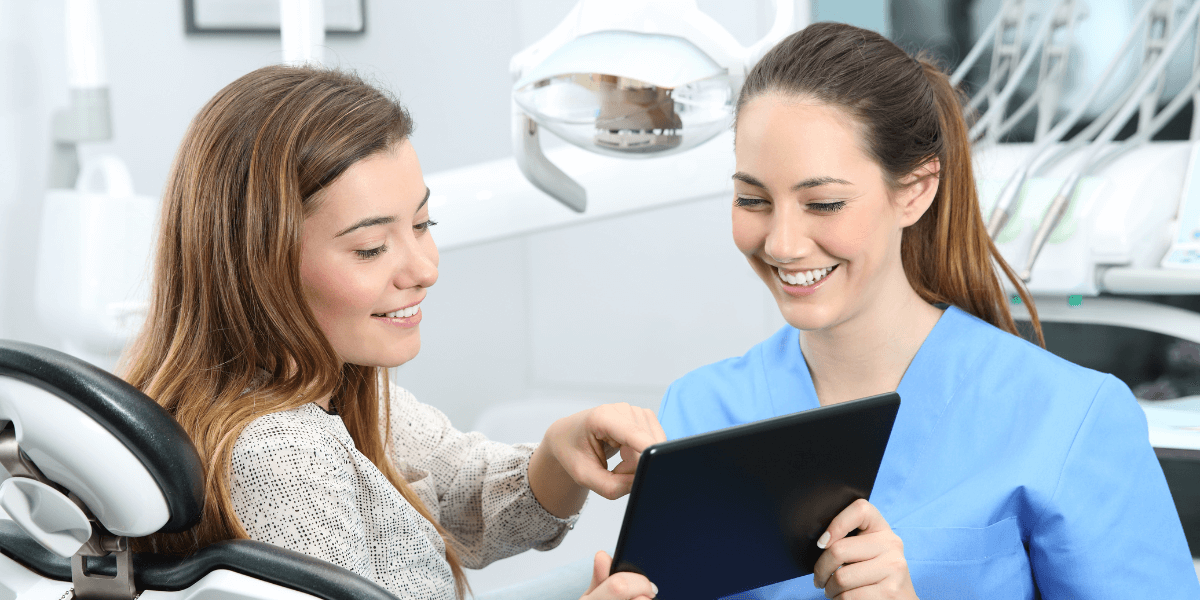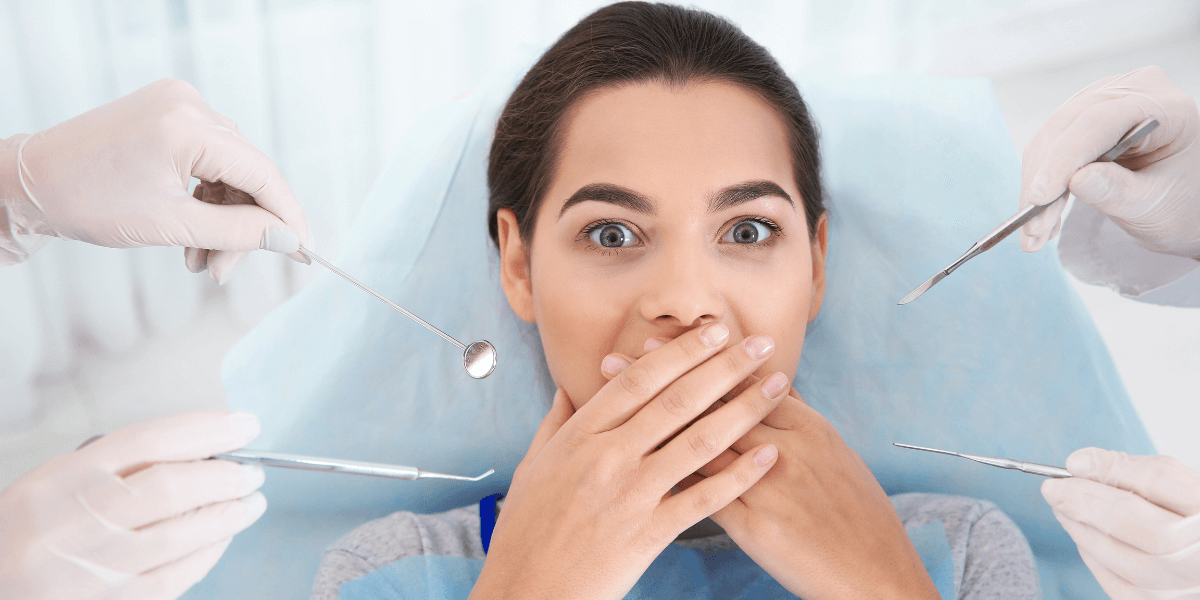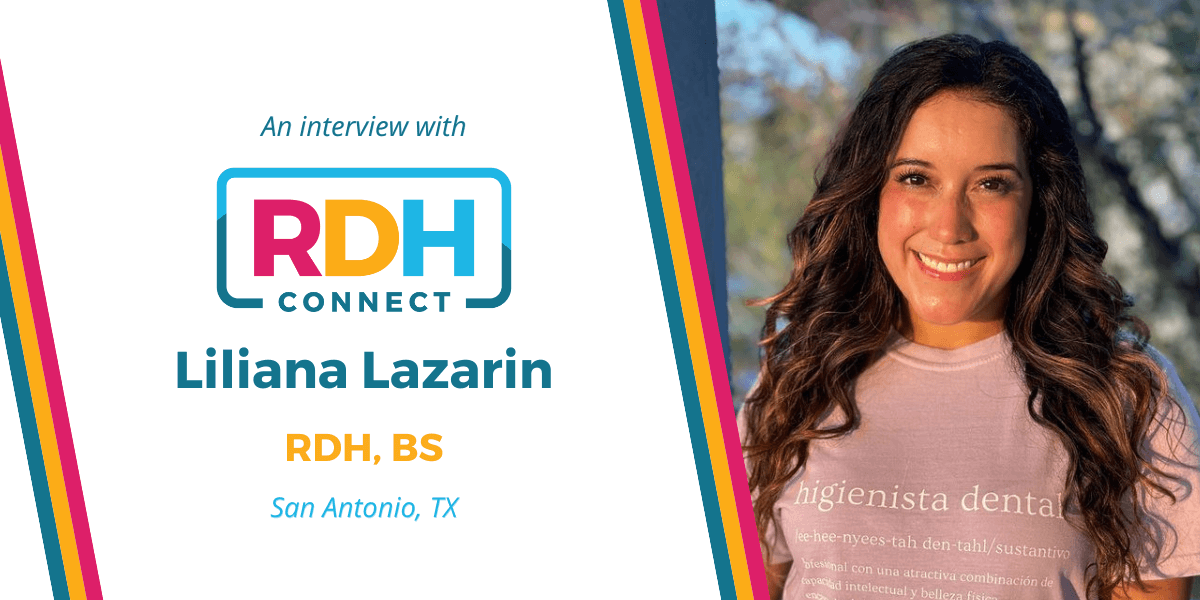Should you be afraid of suction in the dental office?
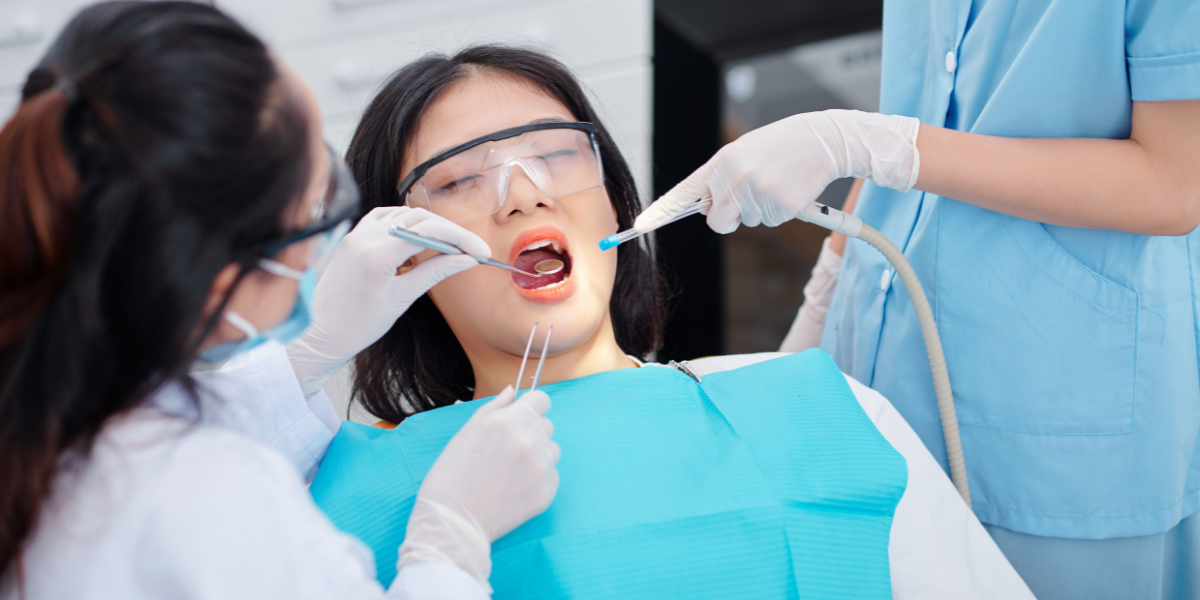
In the dental office, closing your lips around the suction tip may seem harmless, but it actually poses a potential risk of cross-contamination, allowing bacteria and contaminants to enter your mouth, as noted by the Center for Disease Control. Both dental teams and patients play a crucial role – find out what you can do to stay safe from a dental hygienist.
I had a vivid nightmare last night. I was sitting on the dental chair during my hygiene therapy appointment, you may know it as a cleaning, and I closed my lips around the suction. Insert pause and gasp here. I love a good hygiene therapy appointment but closing my mouth around the suction tip is an absolute no, it gives me goosebumps and a shiver down my spine just thinking about it. But why? What could be so wrong with it? According to the Centre for Disease Control, the patient’s lips closing around the suction tip can create a potential for cross-contamination. Cross-contamination, in this scenario, would be bacteria, tissue, saliva and blood that is residing within the tubing, possibly traveling backwards into the patient’s mouth. [1] Now that you have audibly gasped too, let’s discuss why this happens and how it is prevented in the dental chair.
How can I be exposed to bacteria from using a suction in the dental office?
Dentistry is important to help monitor and manage good oral health. The professionals involved; Dentists, Dental Hygienists, Dental Assistants, and many other specialists in the field work together to educate and treat the public. Our primary focus is keeping patients safe in a variety of different ways, the safety measure in question here is infection control. Infection control is a set of policies and procedures meant to reduce infection in a medical setting, keeping both clinicians and patients safe. Dental unit waterlines, the suction, can be contaminated with bacteria, fungi, viruses and more, after patient use or stagnation of water within the units.
The suction has a very important task of removing debris, blood, and water from the mouth and sometimes the surrounding air of the mouth, during dental procedures. A vacuum pressure is used to complete this task which allows for one direction of movement, out of the mouth and into the dental unit. There is a possibility that it can move in the opposite direction and include some of the items from within the suction lines. Items from your mouth and or previous patients, cue gasp here. Patients closing their lips around the suction, to achieve a faster removal of the mouth’s contents, will trigger a reversal in flow and can instead come rushing back up the line towards the patient’s mouth.
There is a bright side to this information. According to studies, there is a low risk of obtaining an infection from dental care. However, there is a risk of harmful micro-organisms being swallowed, inhaled, or entering oral wounds during dental treatment giving rise to a potential infection. [2]
How can I make sure that I am safe?
When considering how to limit or completely remove the risk of cross-contamination from the suction lines of a dental unit we must break it up into 2 approaches, dental team, and patient. There are different approaches from each side to create a safe and stress-free experience.
Approach number one will be focused on the dental team. How or what can be done from their perspective to reduce the potential for backflow from the suction lines into the patient’s mouth? How can they limit the amount of harmful microorganisms that reside in the suction lines?
The dental office can do the following, it is important to note that some of these items are mandatory for patient safety while others are not:
- Install anti-stagnation devices to keep the water circulating continuously, especially during non-working hours
- Disinfect the water with treatments that occur after each patient or periodically
- Flushing of water lines at the beginning, end of day and between each patient
- Filters to trap micro-organism are installed upstream of the handpieces
- Purchasing items which provide an additional valve of protection, eliminating the potential for backflow
- Having patients reduce the bacterial loads in their mouth by using a mouth-rinse pre-procedure containing chlorhexidine, cetylpyridinium chloride, hydrogen peroxide, bactericide and virucide agents. [2]
As a patient, you can do the following:
- Actively seek an office that is willing and open to discuss the measures they take to keep you safe once questioned
- Don’t close your lips around any suction source in the office to limit and reduce backflow
My nightmares are just that, nightmares, and not real life. As a Dental Hygienist, I feel confident in the offices I visit having all the precautionary measures necessary to restrict cross-contamination from their dental water lines or suctions. Although they follow all precautionary measures set out by the CDC and their regulatory bodies there is still a potential based on patient response in the chair. Best practice for all is to reduce backflow and exposure to blood, bacteria, tissue and viruses, don’t close your mouth around the suction tip during dental procedures. The best recommendation for all patients going forward. Nightmare number one averted.
Learn more about Fiona Mattrasingh and follow her @mouthboxx.
Register as an RDH Connect member to gain the connections, experience, & exposure to grow your career.
- CDC. Guidelines for infection control in dental health-care settings – 2003. MMWR 2003; 52(No. RR-17):1–66. Available at: https://www.cdc.gov/mmwr/PDF/rr/rr5217.pdf
- Spagnolo, A. M., Sartini, M., & Cristina, M. L. (2020). Microbial Contamination of Dental Unit Waterlines and Potential Risk of Infection: A Narrative Review. Pathogens (Basel, Switzerland), 9(8), 651. https://doi.org/10.3390/pathogens9080651

